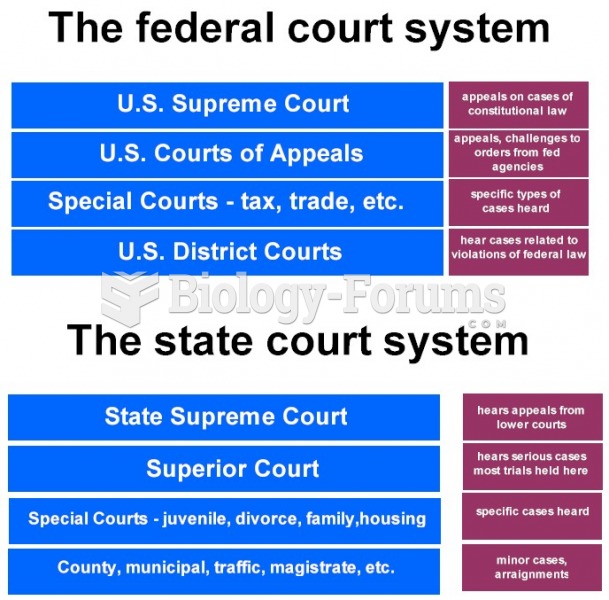Answer to Question 1
No
The decision is significant because the preventive detention sections of the Bail Reform Act have different consequences for defendants at different stages of the criminal justice process: awaiting trial, pending sentencing, and pending appeal. The Act contemplates varying levels of scrutiny for defendants as they proceed through the court system. Unlike ordinary bail determinations, where the purpose is to reasonably assure the appearance of the person and the safety of others and the community, when a crime of violence is involved, a judicial officer must hold a hearing on motion of the government to determine if any conditions would permit the safe release of the charged defendant. Pending sentencing, the presumption is that a defendant will be detained. Most defendants, however, may be released upon a showing by clear and convincing evidence that the person is not likely to flee or pose a danger to the safety of any other person or the community.. In contrast, a defendant found guilty of a violent crime and is awaiting sentence must be detained unless a motion for a new trial is likely, or a prosecutor recommends no imprisonment and there is clear and convincing evidence that the person is not likely to flee or pose a danger to any other person or the community. The decision does not depend on the specifics of Ingle's case, but on a categorical or general meaning of the definition of a crime of violence for purposes of the preventive detention law. Of the five factors that determine whether a crime is a crime of violence, three are applicable: a felon in possession is a felony, presents some risk of physical force being used against another, and that risk results from the nature of the offense. The last two factors, categorical risk and substantial risk, do not meet the statutory criteria. Concerning the categorical nature of the crime, felon weapon possession offenses apply to persons with greatly diverse propensities and previously convicted of a wide range of conduct. Not all felons are potentially more violent than non-felons. Numerous felonies involve economic crimes or regulatory offenses which, while serious, do not entail a substantial risk of physical force. And ex-felons have the same motives as lawful possessors of firearms to possess a firearm-self-defense, hunting, gun collecting, and target practice. Accordingly, we conclude that a felon-in-possession offense under the preventive detention law is not inherently a crime of violence. For similar reasons, the mere possession of a firearm by a convicted felon does not create a substantial risk that physical force will be used against the property or person of another
Answer to Question 2
No
Over the past seventy years, the United States Supreme Court has expanded the protections afforded a defendant regarding the right to counsel and the right to a court hearing in criminal proceedings. The Supreme Court also has established certain minimum procedural protections for individuals on parole and probation, including a hearing before parole or probation is revoked. Smith






